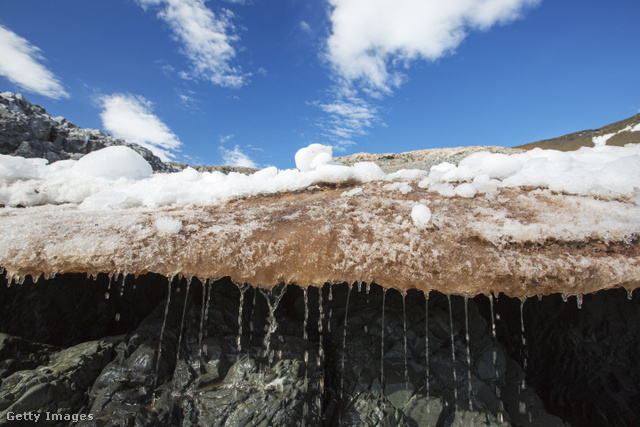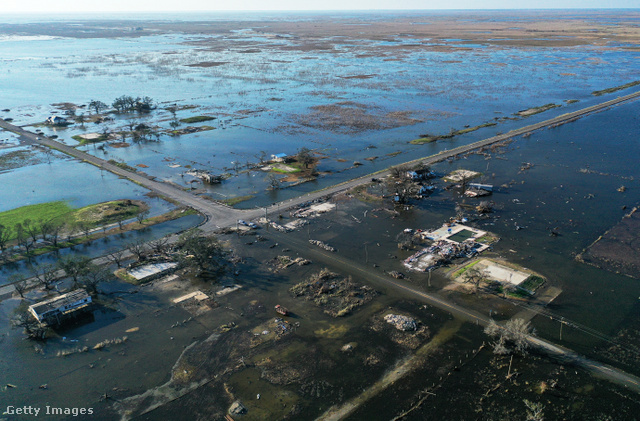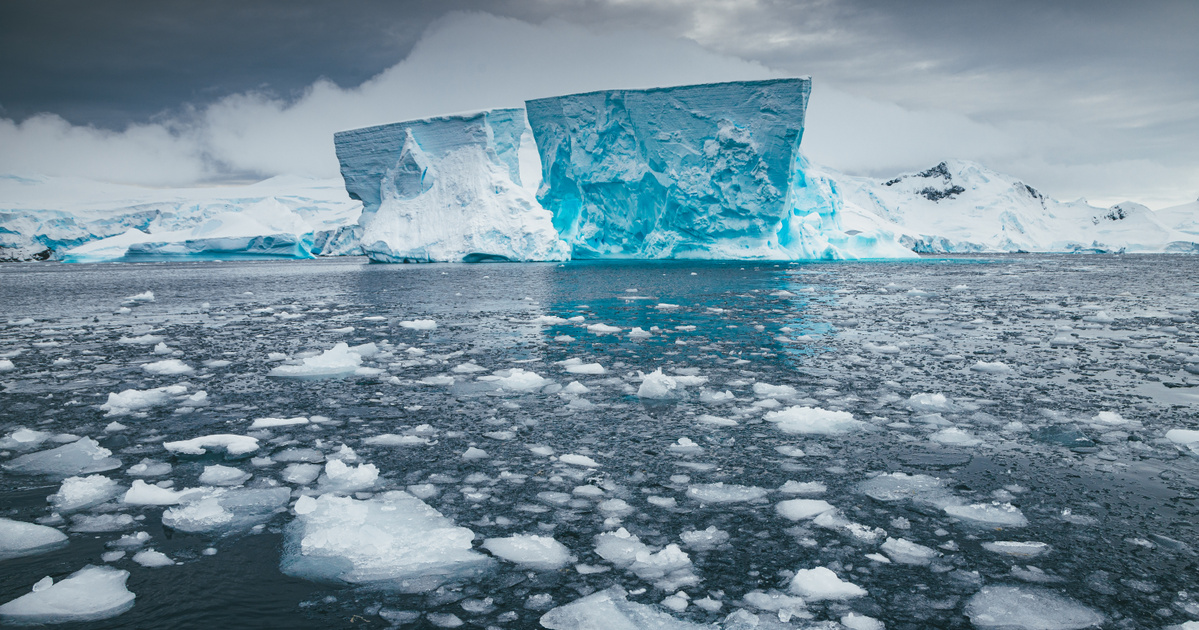Researchers have discovered that the Wilkes Subglacial Basin in Antarctica, which contains enough ice to raise sea levels by up to 3 metres, has already partially melted.
The Wilkes Basin is a California-sized ice sheet located in the eastern part of Antarctica that no one has yet thought could begin to melt. But now it seems that the process has already begun, and this process It could also have catastrophic consequences on a global scale.
The ice sheet can melt over a large area
The distinguishing feature of the geographically broad, downward-sloping Wilkes Basin is that it extends 1,400 km inland and It is covered with a layer of ice 3 kilometers thick. Scientists It has long been assumed that the ice in East Antarctica is relatively stable (its total mass even increased in 2012), so they focused more on the calving of glaciers in West Antarctica. For this reason, comprehensive analyzes of the area have not been conducted.
However, recent research suggests that the ice sheet here has undergone significant melting and is beginning to retreat.
The researchers made this amazing discovery after collecting data on the state of the ice sheet by analyzing radar images of aircraft passing over the area. Because water reflects radio waves better than underlying rock, the data showed In patches along thousands of kilometers of the southern coast Maybe the ice has melted.
Until now, researchers have focused on studying other areasRobin Erth/Getty Images Hungary
This may indicate that something has changed in the geometry of the ice sheet. It is possible that half of it is already melted on the surface of the Earth, so if its temperature continues to rise, The point at which the outer edge of the pelvis collapses may be near.
It can raise sea levels by 3 metres
You should know that the Wilkes Basin drains into the Southern Ocean through a handful of ice floes and glaciers. The bottom of the ice sheet is below sea level, like this Glaciers are vulnerable to melting due to rising ocean water temperatures.
When glaciers melt, they release water into the ocean, causing sea levels to rise.
The melting of the Wilkes Basin is estimated at no less than You can lift it by 3 metres sea level.

Melting could dangerously raise sea levelsAshley Cooper/Getty Images Hungary
It can have serious consequences
According to a study by Climate Central, Asian countries, including China, India, Indonesia and Vietnam, are most vulnerable to sea level change. The worst case scenario is 4°C over the next 200-2000 years With global warming Calculates the rate of sea level rise In the future, it could reach 10 metres, which will force at least 50 large cities to completely evacuate. Or to build unprecedented defense systems.
Tides can affect land areas where 15 percent of the world's population (about a billion people) live.
But sea levels don't have to rise significantly for us to feel the effects on our skin. Even a small rise can decide the fate of coastal wildlife, while a small rise can decide the fate of coastal wildlife Internal erosion and flooding of wetlands, aquifers and agricultural areas To salt pollution would lead

The impact of natural disasters will also worsenE4C/Getty Images Hungary
As sea levels rise, so do hurricanes and hurricanes It would cause more destruction, sweeping away practically everything in their path. Therefore, floods will also cause serious damage to infrastructure Basic services such as Internet access will be at risk.
Global warming could also affect one of Hungarians' favorite winter pastimes. About this By clicking here You can read more.

Devaney's new book is published!
With the new issue of Dívány magazine, we invite you to a real adventure in the twentieth century. Join us and learn about Hungary in the last century through 42 human stories!
Check our offer click here!
advertisement












































